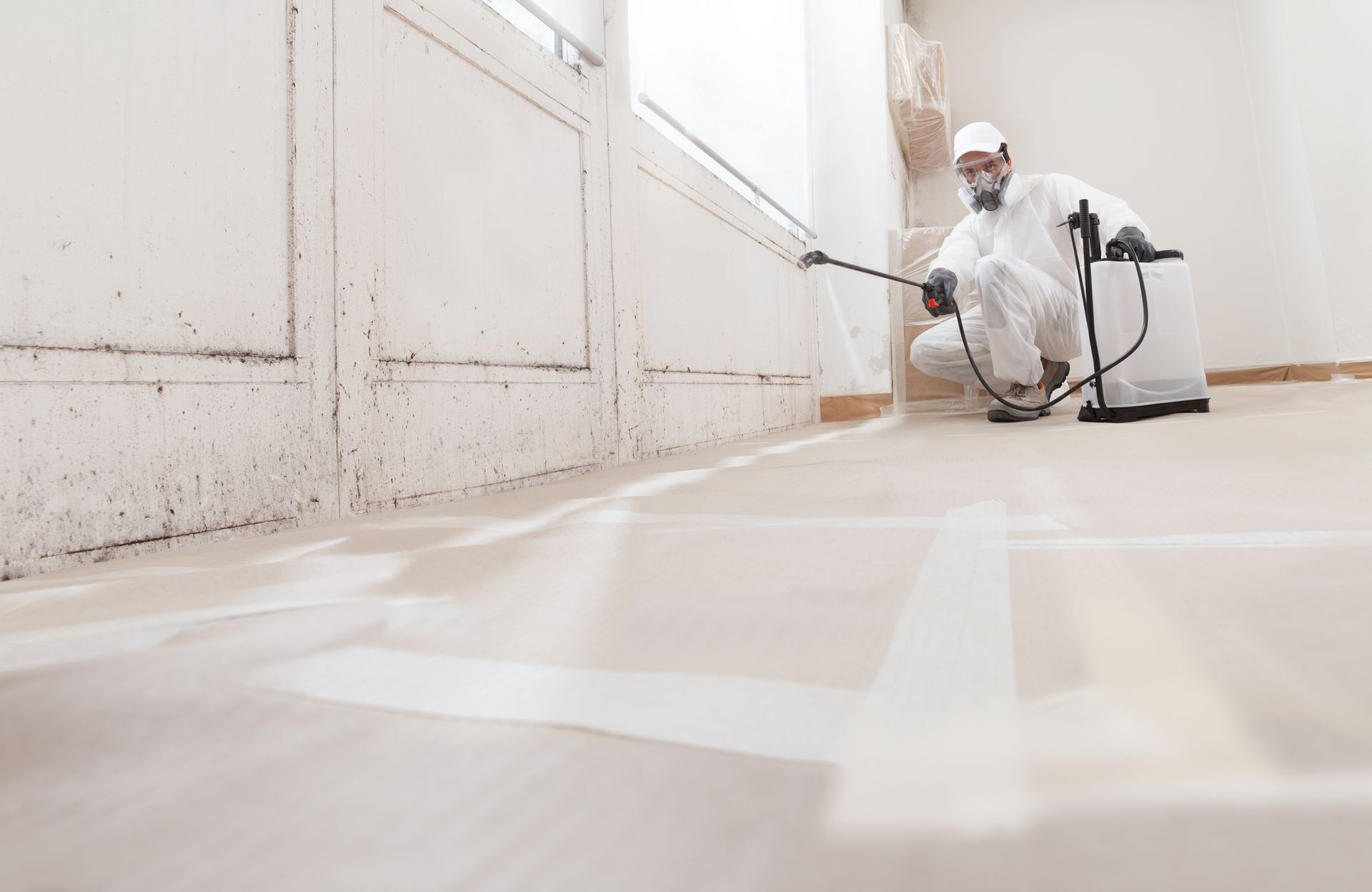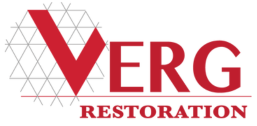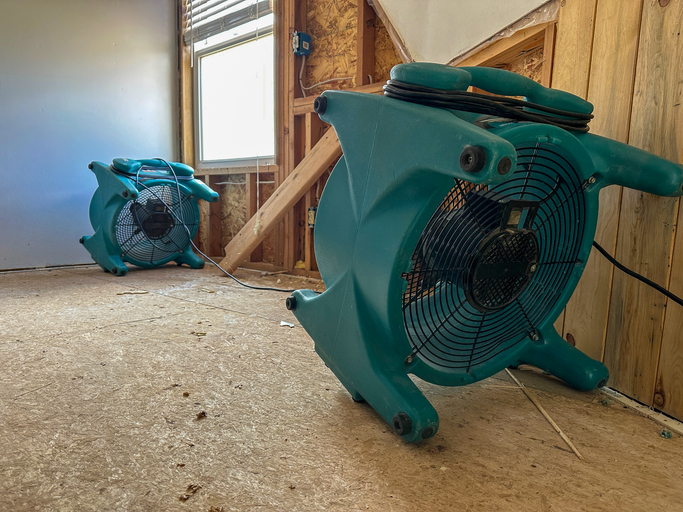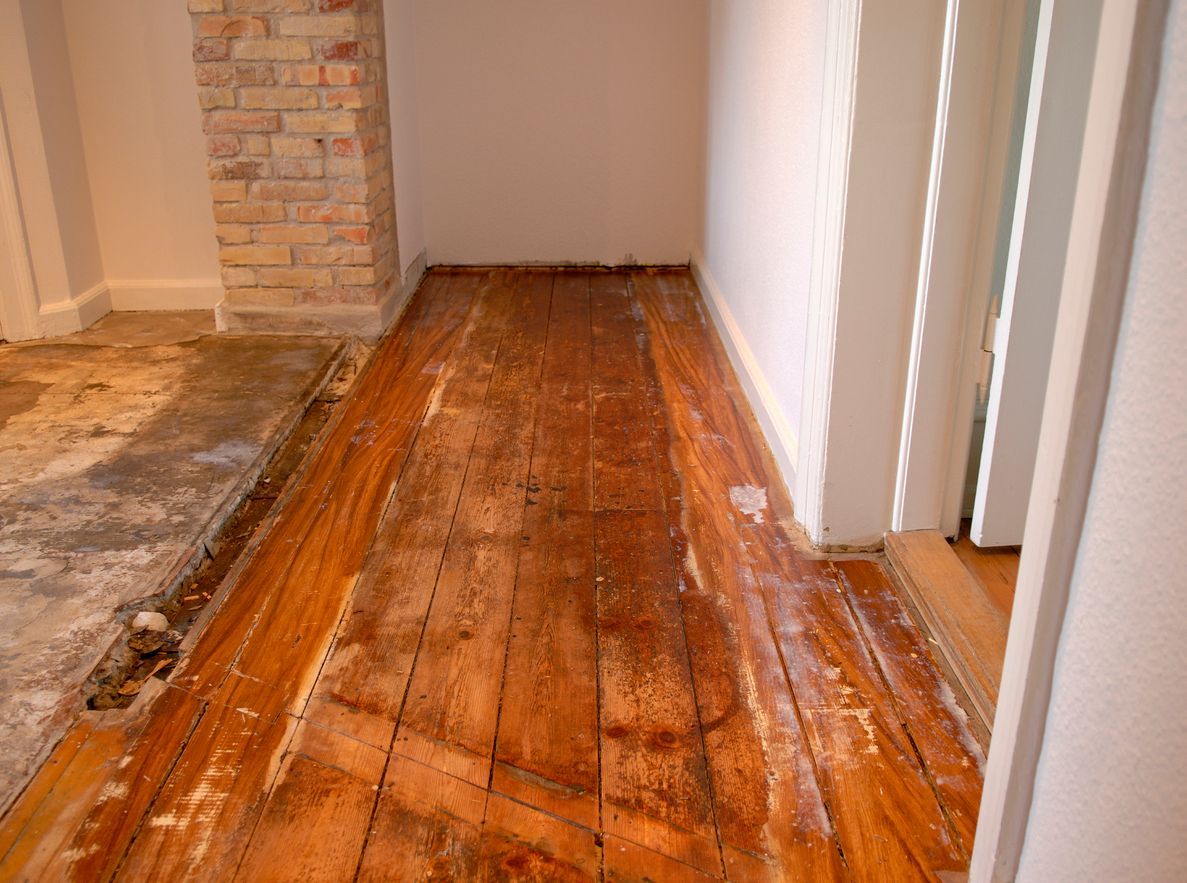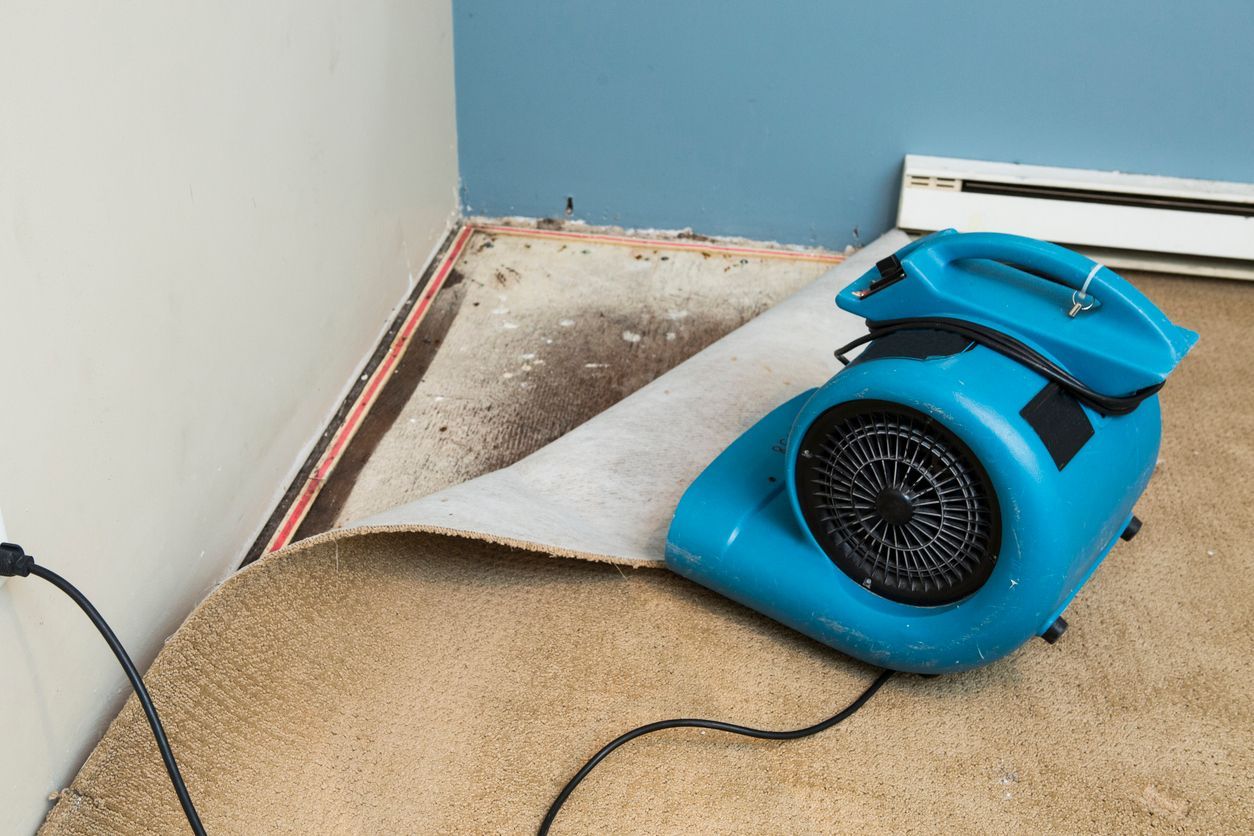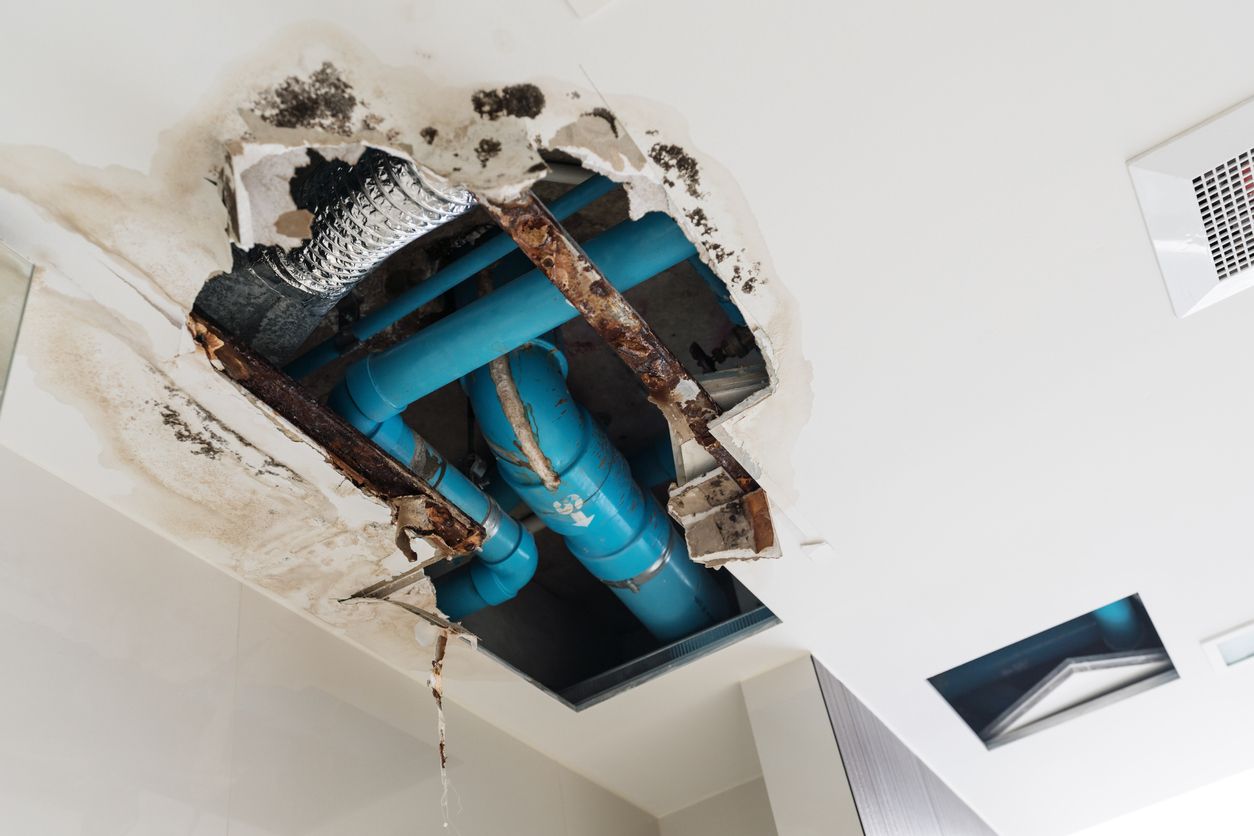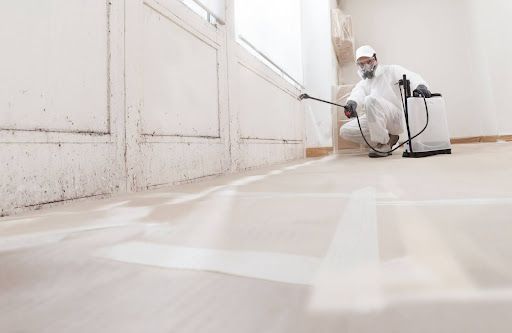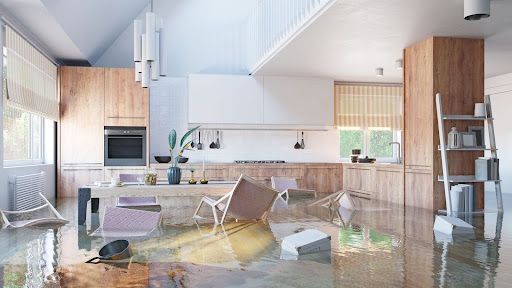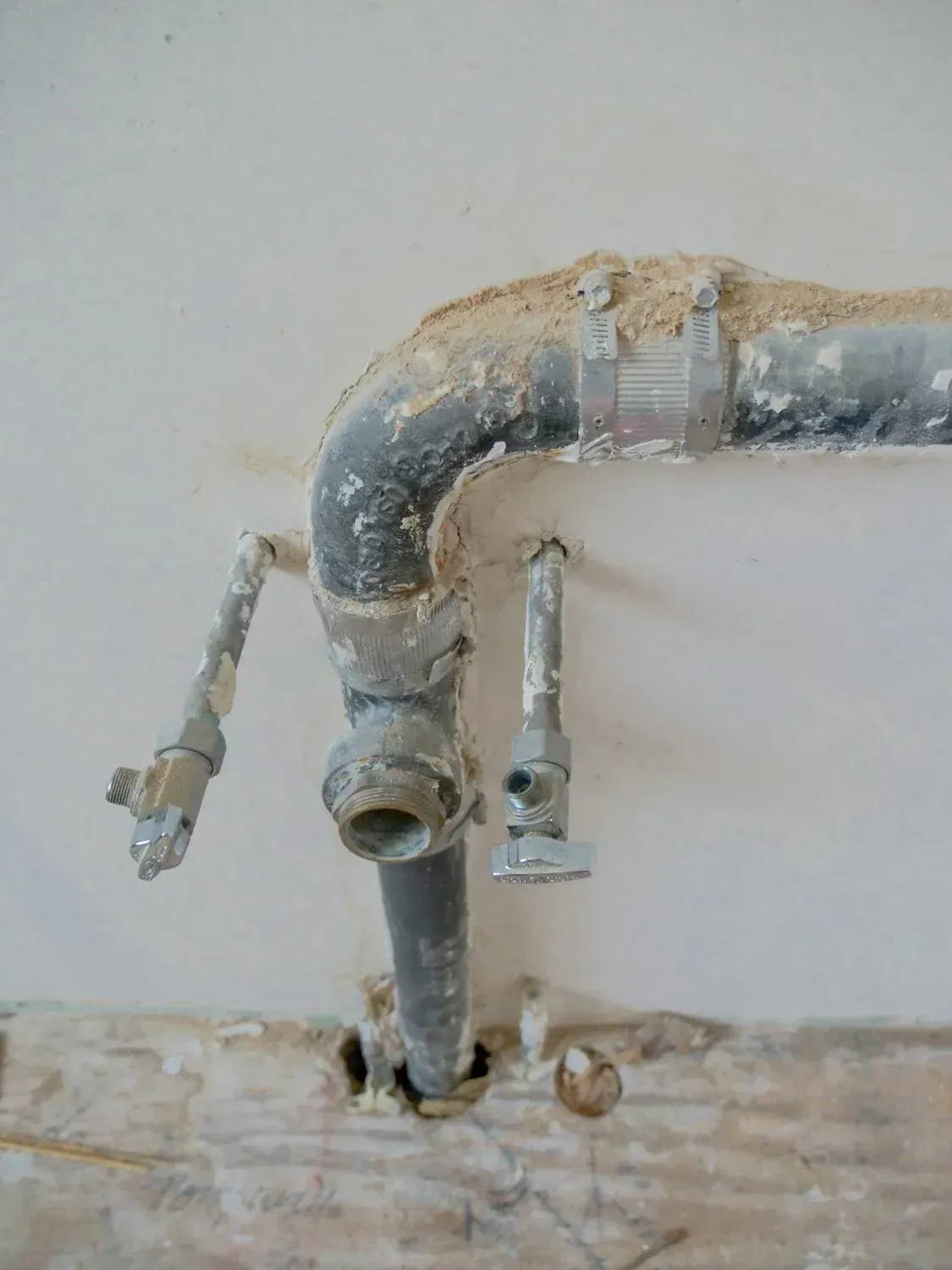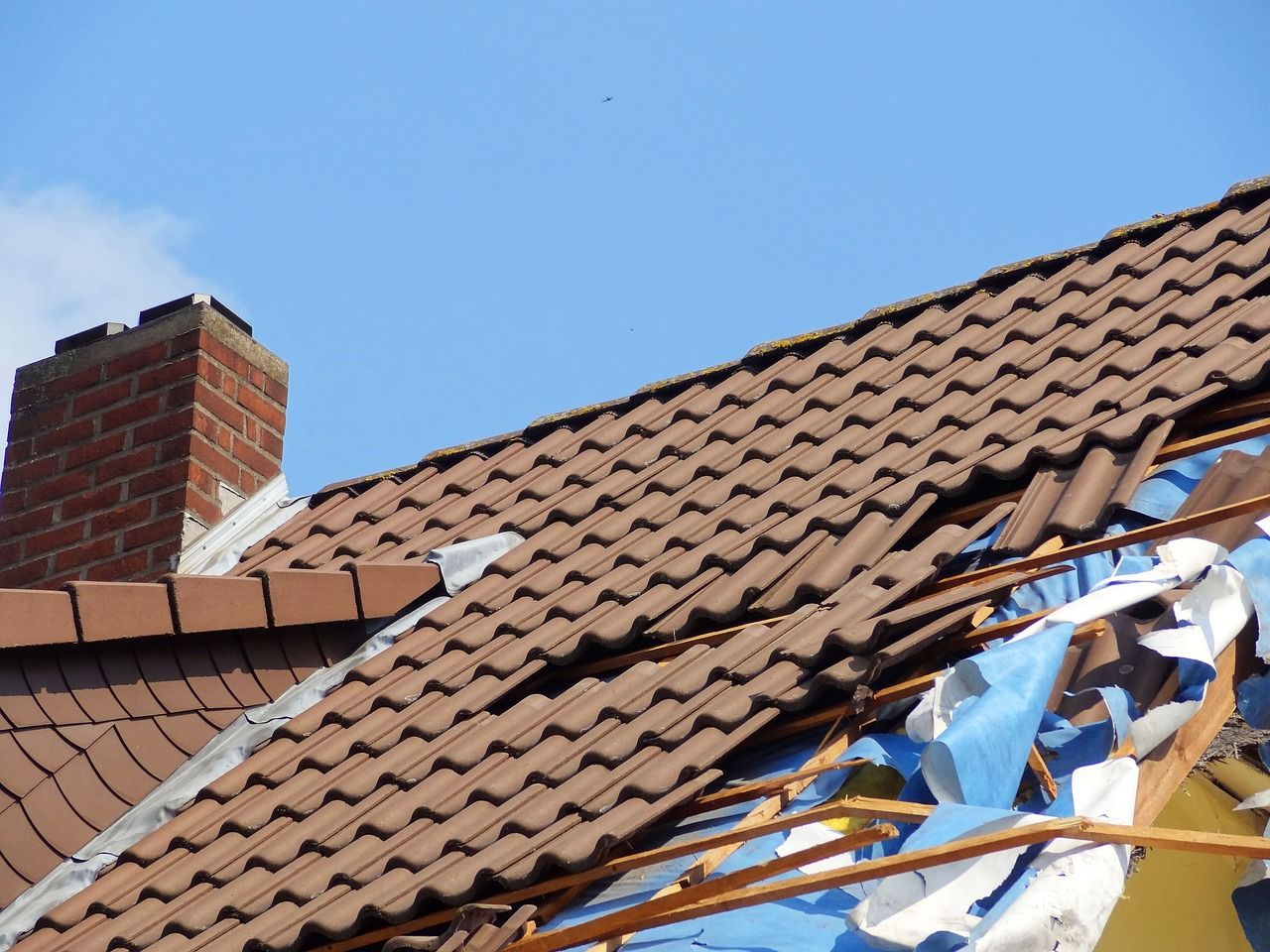A Guide to Identifying Mold Post-Water Damage
A Guide to Identifying Mold Post-Water Damage
Experiencing water damage can be stressful, but it's important to act quickly to prevent further issues, such as mold growth. Mold can pose health risks and damage your property if not addressed promptly. For effective solutions to water damage, consider the
water damage restoration services offered by professionals. They have the tools and knowledge to mitigate water damage efficiently, reducing the risk of mold in your home.
Understanding Mold and Its Causes
Learning about mold and the reasons it often appears after water damage is vital. This knowledge is the first step in stopping its spread.
What Is Mold?
Mold is a kind of fungus that lives both inside and outside homes, thriving best in wet places. It can appear in many colors, like black, white, green, or orange, and it spreads by sending tiny spores into the air. These spores are everywhere and only need moisture to start growing into mold. That's why places that are often wet, like bathrooms or basements, are common spots for mold to show up. Understanding mold is important because it helps us keep our homes safe and healthy.
How Does Water Damage Contribute to Mold?
Water damage sets up the perfect situation for mold to grow, especially in parts that remain wet over time. When water floods into your home, from a leaky roof or a burst pipe, it soaks into walls, floors, and furniture. These damp areas become ideal for mold spores to land and grow. That's why after any water damage, it's essential to dry everything quickly and thoroughly. By removing the water and moisture, we cut off what mold needs to live, helping prevent it from starting in the first place.
Initial Steps to Take After Water Damage
Taking action quickly after water enters your home can greatly lower the chance of mold taking hold. It's important to tackle the problem head-on to keep your home safe and dry.
Inspect for Water Damage Promptly
As soon as you notice water where it shouldn't be, it's time to check your entire house. Look closely at where the water has spread. This might mean checking under carpets, behind wallpaper, or in basements and attics. Finding out where the water has gone helps you understand where mold might start growing. Fast action here means you can target these spots before mold even begins to appear, keeping your home healthier.
Begin Drying Affected Areas Immediately
Once you know where the water has spread, start drying those places right away. Fans and dehumidifiers are great tools for this job. They pull moisture out of the air and materials, which helps everything dry faster. If the weather's good, open windows and doors to let fresh air in. This natural airflow can also speed up the drying process. By getting rid of moisture quickly, you make it much harder for mold to grow, protecting your home and health.
How to Spot Mold in Your Home
Finding mold early on is key to getting rid of it quickly and avoiding health issues. Being alert and knowing what to look for can help you tackle mold before it becomes a bigger problem.
Visible Signs of Mold
Mold isn't always hidden; often, it shows itself in plain sight. Keep an eye out for changes in color on your walls, ceilings, and floors. Mold can appear as patches that might be black, green, or even white and can look fuzzy. Stains or areas where the paint is bubbling up can also be a giveaway. These signs mean that mold is growing there, and taking action quickly can prevent it from spreading further.
Musty Odors and Health Symptoms
Sometimes, mold tells you it's there with a smell or how you feel. A musty, earthy odor in your home is a big hint that mold might be growing, even if you can't see it. Also, if you or your family members start having allergy-like symptoms such as sneezing, itchy eyes, or a runny nose more often when you're at home, mold could be the cause. Paying attention to these signs can help you catch mold early, making it easier to remove and keep your home healthy.
Professional vs. DIY Mold Remediation
Choosing between professional mold removal services and doing it yourself is crucial. This decision impacts not only the effectiveness of the removal but also your health and safety.
When to Call Professionals
When mold covers a large area or follows serious water damage, it’s best to get professional help. Professionals have the right tools and safety equipment to handle mold safely. They also know how to find hidden mold and prevent it from coming back. If you’re dealing with mold over a large area or if it's in your home's HVAC system, professionals can take care of it without spreading spores throughout your home.
DIY Mold Cleaning Tips
Handling small mold spots yourself is possible if you take the right precautions. Always wear gloves, a mask, and eye protection to avoid touching or breathing in mold. For cleaning, mix water with a little bit of bleach and scrub the moldy spot gently. Remember, this works for small areas like a patch in the bathroom or under a sink. Keep the room well-ventilated while you work to keep fresh air flowing. If the mold comes back after you clean it, or if it’s in a spot that keeps getting wet, calling in professionals might be necessary.
Preventing Future Mold Growth
Taking steps to stop mold before it starts is a smart way to keep your home healthy and avoid unnecessary costs. A little effort in prevention goes a long way in maintaining a mold-free environment.
Regular Maintenance and Inspections
Staying ahead of mold means keeping an eye out for water leaks and dampness around your home. Check places where water might sneak in, like roofs, pipes, and windows. Fixing leaks right away keeps everything dry and mold at bay. It’s also wise to look over areas that don’t get much air, like basements and closets, to make sure they’re dry. Doing these checks regularly can stop mold from ever starting.
Improving Ventilation and Humidity Control
Good airflow is key to keeping mold away. Use fans and open windows to help air move around your home, especially in rooms where steam and moisture build up, like kitchens and bathrooms. A dehumidifier can also help in damp areas by keeping the air dry. Keeping indoor humidity levels between 30% and 50% makes it tough for mold to grow. Small changes, like using exhaust fans and keeping air moving, can make a big difference in preventing mold.
Guard Your Home Against Mold with Timely Water Damage Action
Taking quick and efficient action against water damage is crucial to stop mold from affecting your home. By adhering to these tips, you safeguard both your property and well-being against mold's harmful impacts. Prevention is key, and understanding the right time to call in professionals can significantly contribute to a safer, healthier home environment.
Connect With Verg Restoration
If you're facing water damage or mold concerns, Verg Restoration is here to help. Our team is dedicated to providing top-notch restoration services. Located at 8618 NE, 13th Ave, Vancouver, WA, 98665, we're just a call away. Dial (360) 818-4644 for immediate assistance. For more information on our services, please visit
https://www.vergrestoration.com/. Don't let water damage or mold compromise your home or health. Reach out to us today.
